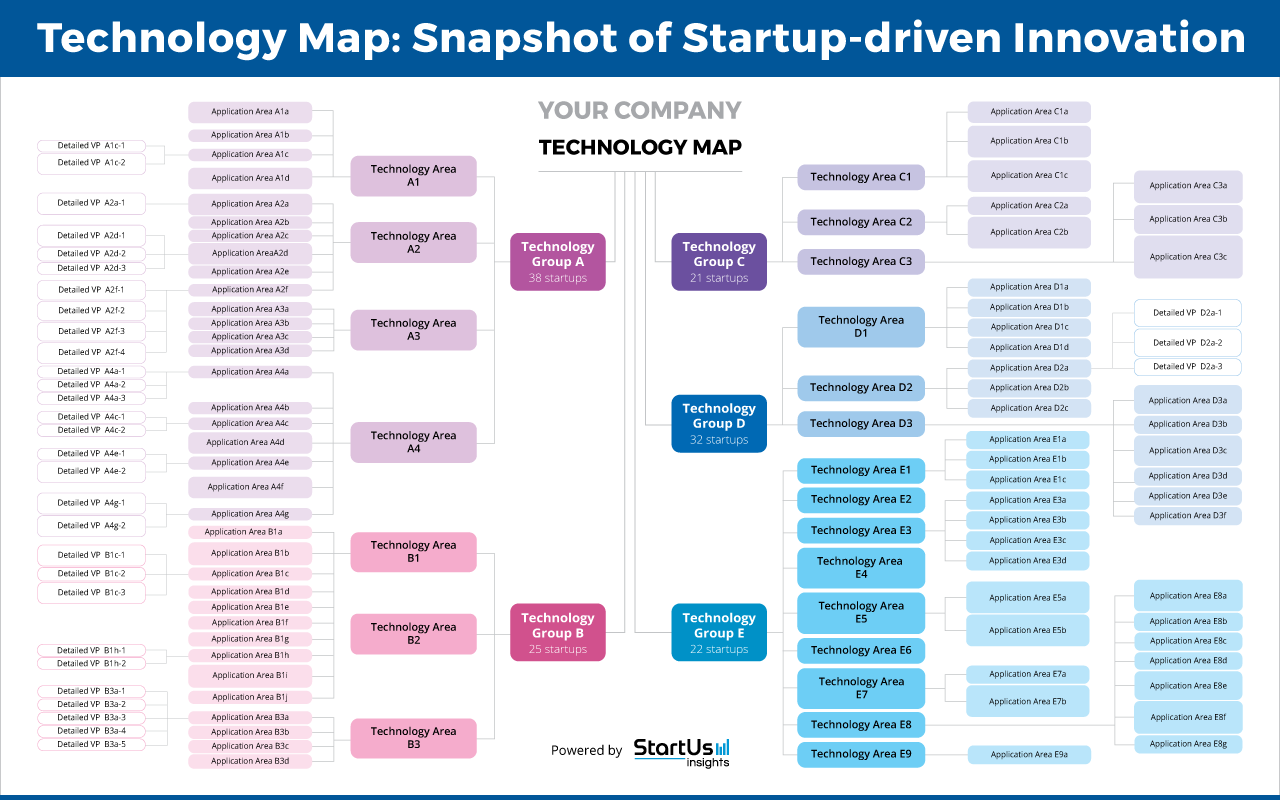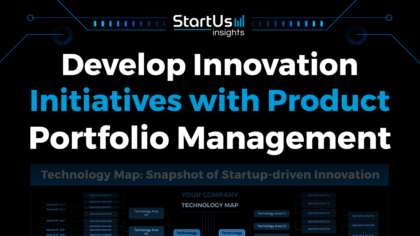While more companies are now considering open innovation, isolating the signal from the noise of innovation data is incredibly challenging. Companies need a data-driven decision support system to guide their external innovation strategy. Data-driven innovation intelligence provides them with just that. It serves a wide range of purposes, including optimizing strategic planning. A major strategic function that it serves, which also feeds back into innovation, is product portfolio management (PPM). As the name suggests, it entails the management of the entire product portfolio of a company.
Benefits of Product Portfolio Management
A robust PPM process has a significant impact on a company’s bottom line. This includes the analysis of how the products relate to each other, the return on interest on product development, and the product’s positioning in the market. Here are a few interesting benefits of PPM:
1. Brings Focus to Product Development
Often, large companies have many products in the pipeline simultaneously. While this allows them to spread their bets, it is a costly affair as well. Successful product teams are able to narrow down promising products early on. Product portfolio management achieves just that by comparing development metrics for different metrics as well as against industry standards. This allows product teams to prioritize and focus their efforts. Consequently, it saves duplicate work and improves profitability.
2. Informs Technology Investing Decisions
Product teams are always looking for new technologies that make their products better or easier to produce. Assessing the return on investment of these technologies, however, involves expertise far beyond product teams. Innovation managers and product portfolio managers evaluate a large number of technologies and decide which ones to invest in. Data-backed projections ensure that the impact on production outweighs the cost of incorporating these technology trends.
Moreover, when a company needs to invest in new technology, it still needs to decide whether to build it internally or collaborate with a startup. PPM simplifies this decision by estimating the returns for all possible scenarios.
3. Streamlines Product Lifecycles
Managing the product lifecycle begins at ideation and continues well after sales. Each step in the process is prone to inefficiencies that can drastically increase the time to market. Product portfolio management constantly monitors the lifecycle of all products to identify such inefficiencies early on. This ensures that there are no hiccups along the product journey, allowing product teams to focus more on innovation rather than on debugging or, worse, product recalls.
4. Enables Effective Product Marketing
Great products need to be supported with great marketing to disrupt the market. Product portfolio management enables strategic market positioning for your products. It provides you answers ranging from how to price your products to which customer demographics to target. This way, it ensures effective product marketing, improving the adoption and recall of your products.
Targeting the right customers is a gift that continues to give long after the sale. As more companies incorporate customer feedback in their innovation strategy, product marketing has a huge impact on subsequent product development.
How Innovation Intelligence supports PPM
Customer Intelligence
Customer intelligence enables companies to map the entire customer journey and experience. This allows product teams to develop products that closely match user expectations. Further, as mentioned above, customer feedback finds use in customer-based innovation. This increases both customer engagement and operational efficiency.
Technology Landscaping
Successful PPM requires an understanding of the long-term technology horizon. This prevents unnecessary expenditure on technology trends that don’t have a significant impact on the product portfolio. Data-driven technology landscaping provides a peek into the horizon by identifying emerging technologies and forecasting their growth.
Trend Intelligence
Dynamic industries witness frequent threats and opportunities that have the potential to impact the performance of a company’s products. Trend intelligence provides continuous insights on emerging trends that have the potential to impact your product portfolio. This way, it future-proofs your product pipeline and, as a result, provides a competitive advantage.
Product Intelligence
Complementary to customer intelligence, product intelligence brings together innovation and product development. It provides deep insights into how consumers use and interact with a company’s products. This improves quality control as well as speeds up new product development.
Create Better Products with Innovation Intelligence
Curious about how product portfolio management impacts your innovation strategy or vice versa? With data on 2,5 million startups & scaleups active globally, the StartUs Insights Discovery Platform finds the right startups and technologies for your product innovation needs Based on your innovation goals, some of the deliverables that we provide include:
- Trend Map: Based on data-driven research, we classify emerging trends and group them into categories so you can see all of them at one glance.
- Trend Report: The Trend Report provides you with quantitative insights into the most impactful trends. Additionally, it presents exemplary startups advancing each trend.
- Startup Database: The Startup Database lets you discover a large number of innovative startups advancing the emerging technology trends in your industry.

Startup-driven innovation is a rich source of emerging technologies with the potential to impact your product pipeline.

![AI in Agriculture: A Strategic Guide for Industry Leaders [2025-2030]](https://www.startus-insights.com/wp-content/uploads/2025/03/AI-in-Agriculture-SharedImg-StartUs-Insights-noresize-420x236.webp)
![AI in Automotive: A Strategic Guide for Industry Leaders [2025-2030]](https://www.startus-insights.com/wp-content/uploads/2025/03/AI-in-Automotive-SharedImg-StartUs-Insights-noresize-420x236.webp)





